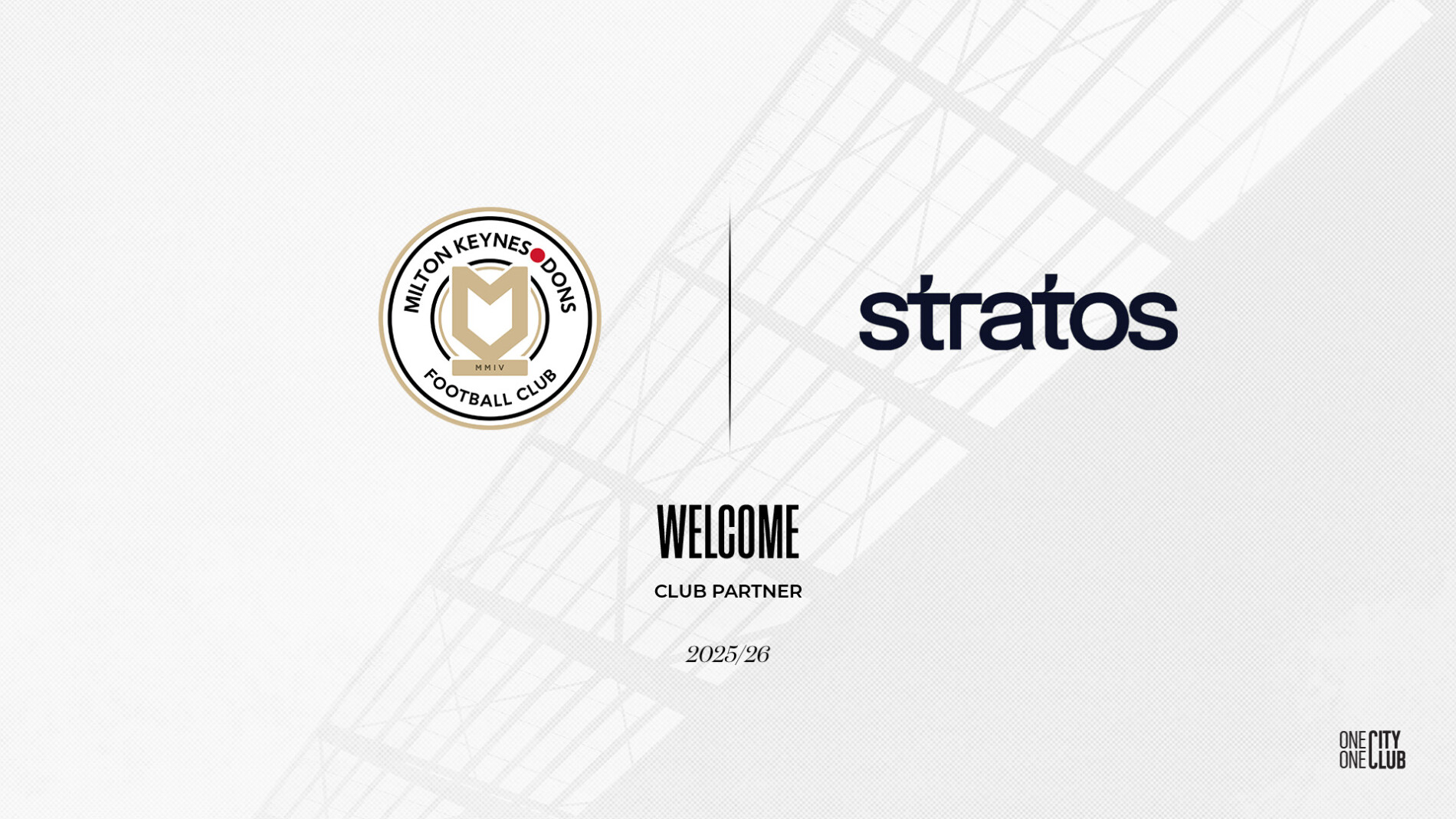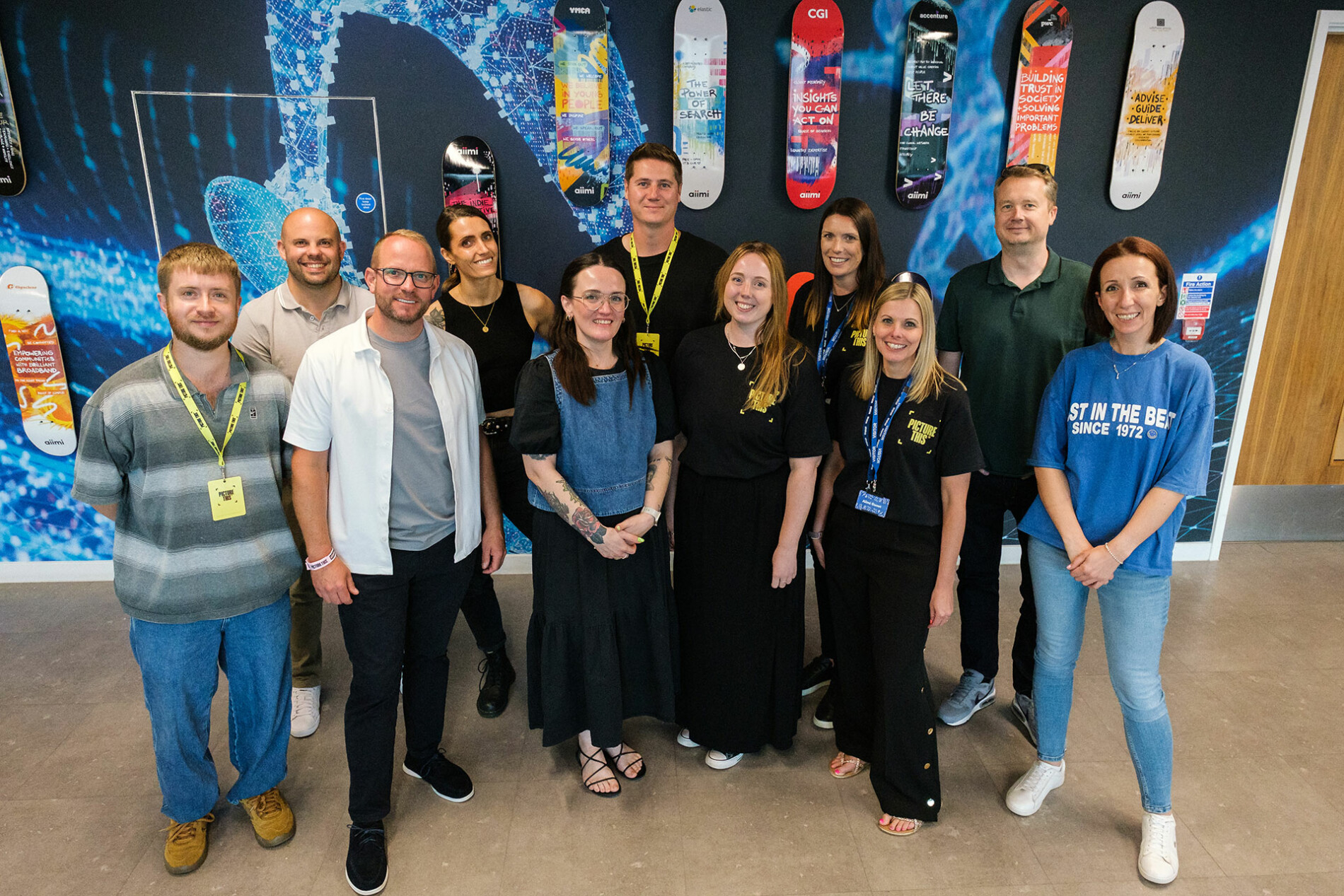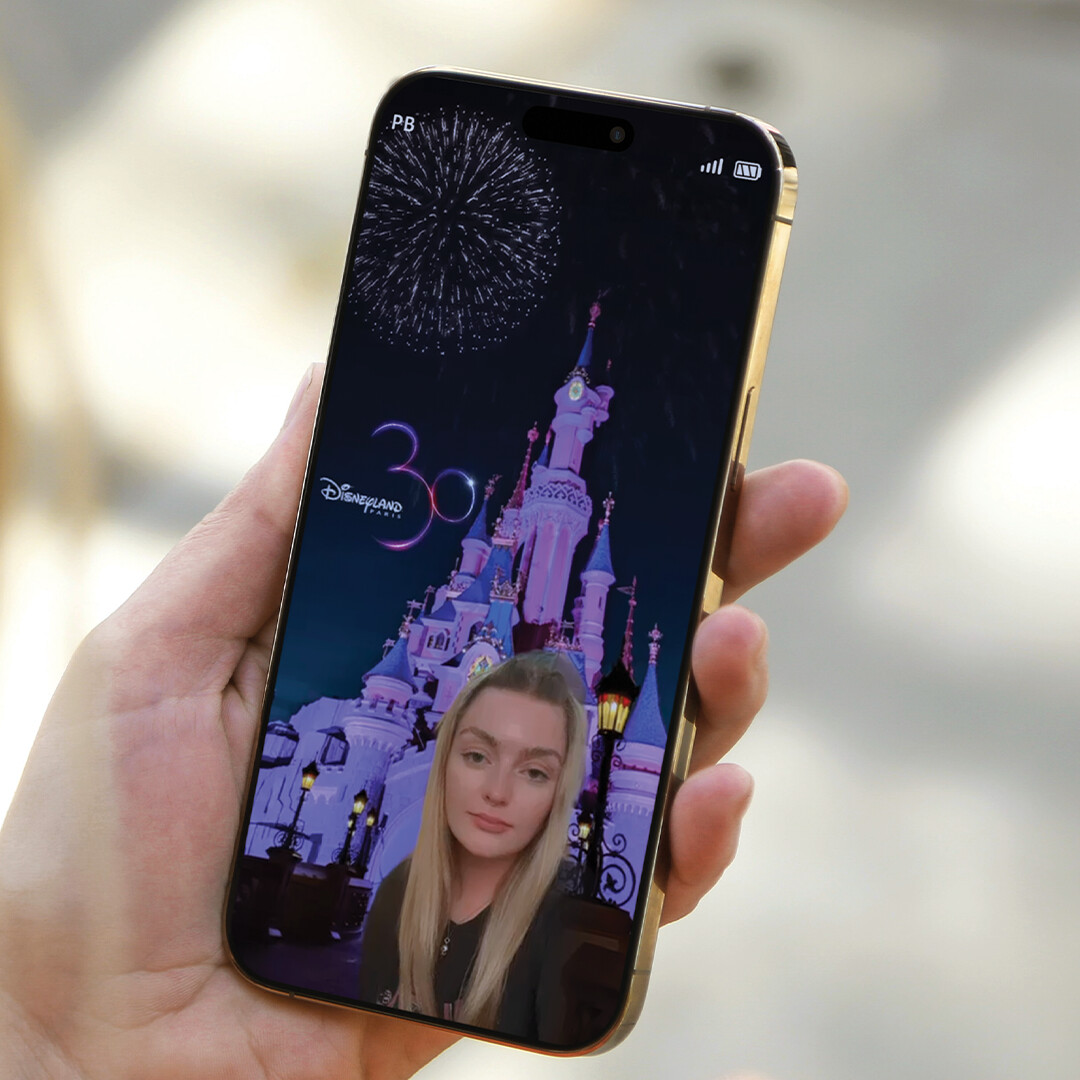Imagine your product becomes the subject of a viral TikTok trend. Suddenly, sales are sky-rocketing as thousands of new advocates post, review, and create content around your brand.
That’s exactly what happened to Japanese ice cream brand Little Moons.
If you’re not an avid TikTok scroller. Let us explain.
Back in the summer of 2021, Little Moons were dominating the TikTok ‘For You Page’ (FYP). These tasty little ice cream balls were sold out in all major supermarkets, as TikTok users posted videos around their ventures to go and find the coveted sweet treat. The hashtag #LittleMoons was a surefire way to get you on the ‘FYP.’ As a result, sales increased by 700%.
PR and Marketing could’ve put their feet up: “Sweet! They’re doing the work for us. We can sit back and chill.”
But, social media trends are short-lived, and Little moons wanted to know how it could sustain that growth.
Market research – specifically, customer profiling – revealed that new customers from TikTok weren’t going to be the source of any long-term growth. This exercise further revealed that in fact, the consumer driving the most volume in premium ice cream sales were affluent 30+ year olds. Without that information, Little Moons could’ve remained focused on an audience who wasn’t actually contributing to significant long term sales.
Instead of becoming distracted by the virality of this new trend, Little Moons used the peak in brand awareness to refocus its strategy. By using storytelling to make the ‘TikTok story’ a part of their wider marketing, Little Moons were featured in several publications that were actually read by their long-term customer.
Types of market research
Market research isn’t always driven by a fortuitous viral trend. Research is an integral component of a sustainable and meaningful marketing strategy. Lego, Starbucks and McDonald’s all regularly conduct and consult market research to inform how they communicate with their audiences, reinvent campaigns and innovate products, with great success.
Market research can exist in many formats, including:
- Customer surveys
- Product sampling and testing
- Social media analytics
- Interviews and focus groups
- Customer profiling
- Website and App analytics
- Pricing research
- Marketing segmentation
- A/B testing
Those formats allow you to gather a range of qualitative and quantitative research. While quantitative feedback is great for measuring tangible peaks and troughs, qualitative feedback may help you build a picture of why that, and as with Little Moons, if those peaks are at all sustainable.
A different kind of customer
Today’s consumer has more power than ever before. They’re flooded with choice, tailored advertising, and a range of platforms to help them decide before they buy. Becoming a part of a community, building relationships with brands, and feeling as though a product was ‘made for them’ are all deciding factors in where their loyalty lies.
Customers and prospects expect a brand to know who they are talking to, and without establishing that relationship, communications can feel intrusive and outdated.
Research, such as customer profiling, can help you decipher the backgrounds, needs, challenges and obstacles of a particular marketing segment. As we’ve established before, the same strategy may not be effective for every segment of your audience – even down to details such as language choice. By gaining insight into the values and future purchasing behaviour of each segment, you can be confident your messaging and branding are aligned with their particular needs, further building trust and loyalty.
A changing landscape
To add to that, the pace of modern life is fast. With a landscape that is constantly changing, and competitors cropping up left, right and centre, knowing what your customers are thinking can be the key to staying in demand, and at the forefront of your market. By conducting regular research, the power is back in your hands. Brands can’t afford a ‘but this is how we’ve always done it’ attitude, or they risk getting left behind.
By regularly consulting up-to-date research, your team will be able to:
- Keep your messaging aligned and sensitive to the climate
- Segment audiences and release their individual value and challenges
- Use the correct language
- Update your product offering
- Pricing expectations
- Uncover weaknesses in your strategy
- Identify opportunities
Conducting research won’t reveal the deepest, inner thoughts of your customers, so don’t fall into the trap of relying on it too much. Research will help you to build a picture, but how you interpret that should be aligned with your brand identity. Veering too much off course can risk inconsistencies that actually compromise customer loyalty.
With ongoing research exercises, you’re armed with actionable data as to how you can realign your strategy, or innovate your product to suit the demands of today’s market.
Want to make research a part of your brand strategy? Let us help you identify the best course of action for your brand. Speak to a member of the team today.











